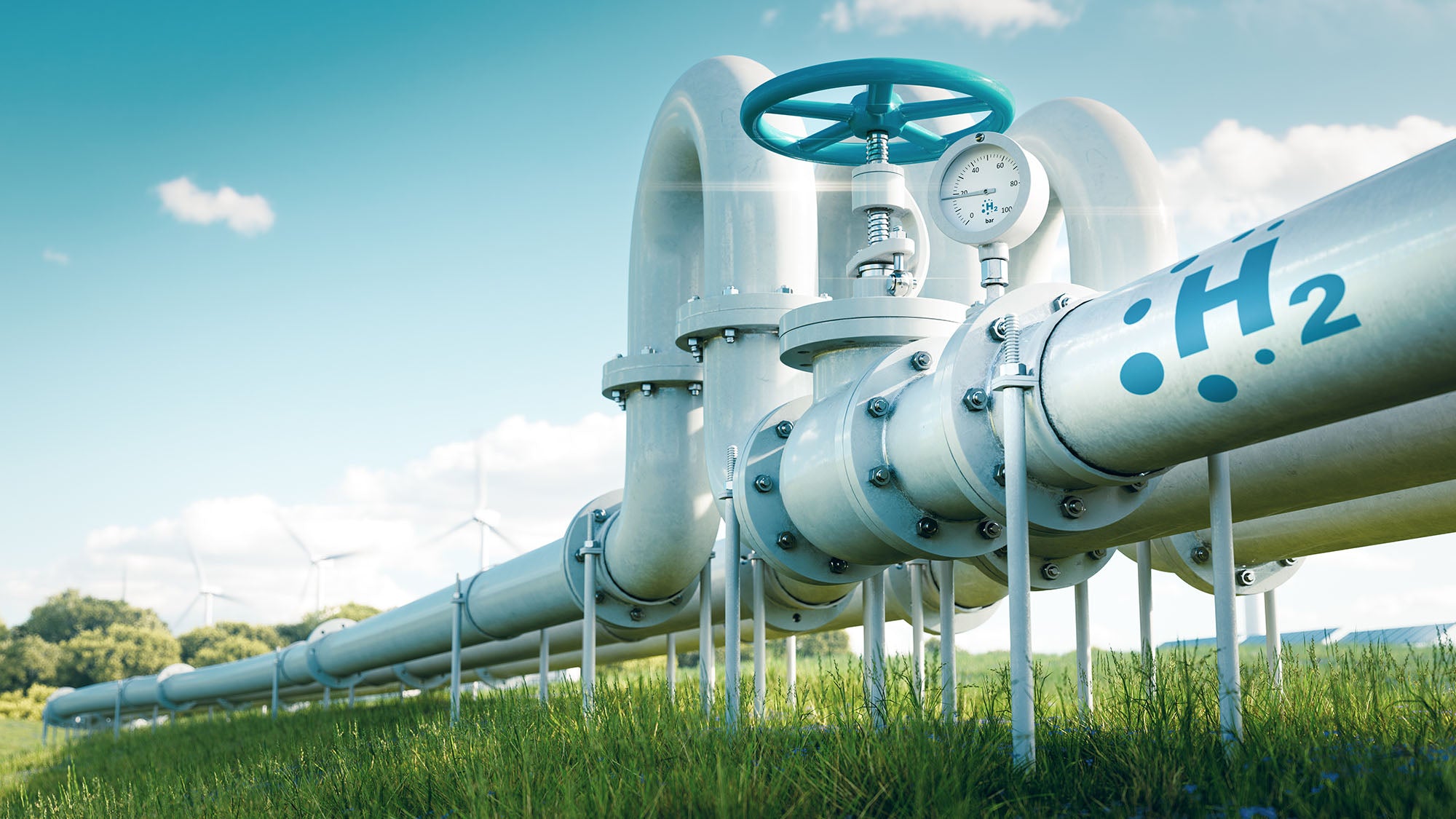
3 Things to Remember When Buying a Pressure Gauge for Hydrogen Applications
Hydrogen is one of the fastest growing alternative energy alternatives available today. A pressure gauge is an essential part of any equipment or system. Many of these hydrogen applications employ procedures resulting in hydrogen ion diffusion, which can harm your equipment.
When properly designed, your system must operate safely and to expected performance levels for the duration of the system's or equipment's design life, but only if you have the appropriate pressure gauge for your equipment's use.
The incorrect pressure gauge can cause equipment damage, worker injury, or off-spec measurements. How can you know which one is right for a hydrogen application? A few things to consider to ensure you get the correct pressure gauge for the job.
1. Hydrogen Explosions
Unignited releases of pressured gas or an ignited cloud of discharged flammable gas in significant concentrations and amounts of hydrogen can cause overpressure. In both circumstances, the resulting overpressure can be hazardous, including direct risks from the overpressure and indirect risks from structure damage or flying debris.
2. Hydrogen Permeation
The penetration of hydrogen ions into a material's lattice structure is referred to as hydrogen permeation. This might present issues in pressure gauges when choosing internal wetted materials because certain materials can help lessen this problem.
Using a material with a tight lattice structure, such as 316L stainless steel or variants of 316 stainless steel, is one technique to limit hydrogen permeation. In addition to a material's lattice structure, the pressure of an application influences hydrogen permeation. The greater the application pressure, the greater the force exerted to the socket and bourdon tube.
This force expands the material's lattice structure, allowing more hydrogen ions to infiltrate the substance. As a result, you should pick a material that has a tight lattice structure and is well suited to the application's pressure range.
3. Hydrogen Embrittlement
Embrittlement is a phenomenon that causes a material's ductility and, as a result, brittleness. High-strength steels, titanium and aluminium alloys, and electrolytic tough-pitch copper are all sensitive materials.
Because hydrogen can pass through minute defects on the metal's surface, the hydrogen atoms will mix with others inside to produce hydrogen molecules (H2).
These molecules will form bonds with other H2 molecules, resulting in a larger hydrogen mass exerting outward pressure in the flaw. Stress below the sensitive material's yield stress produces cracking and catastrophic brittle failures.
Pressure and stress are generated within the material by the absorbed hydrogen molecules. This can affect the ductility and strength of the material, eventually leading to cracking. Ensure that you have the proper gauge material to prevent embrittlement from interfering with the efficacy of your application.
PVL Recommendations
To ensure safe practices for hydrogen applications, use pressure gauges with at least 316/316L stainless steel for pressure ranges up to 20,000 psi.
Contact Us
Pressure Vacuum Level Ltd has been selling high-quality gauges for over 28 years. PVL provides these devices for various industries.
Don't hesitate to contact us if you have any questions about our gauges or other products by emailing sales@pvl.co.uk or calling +44 (0) 1892 66 44 99.

